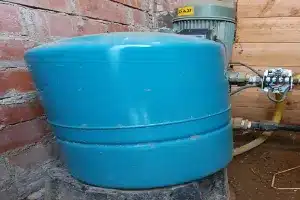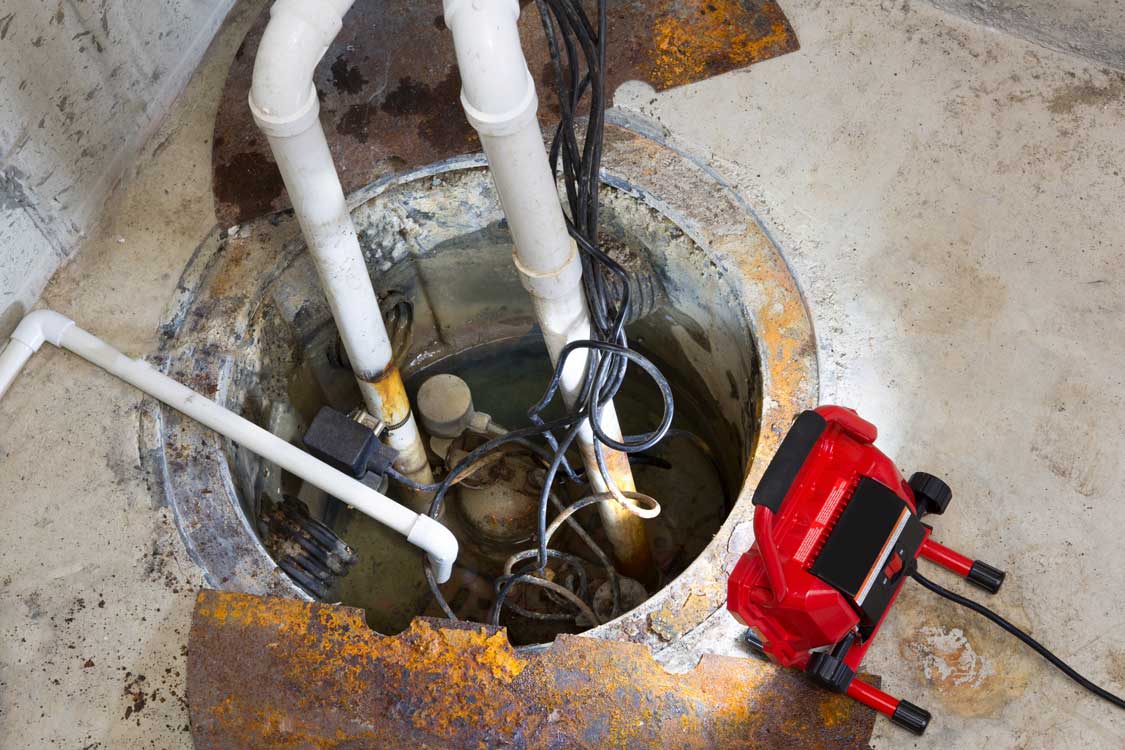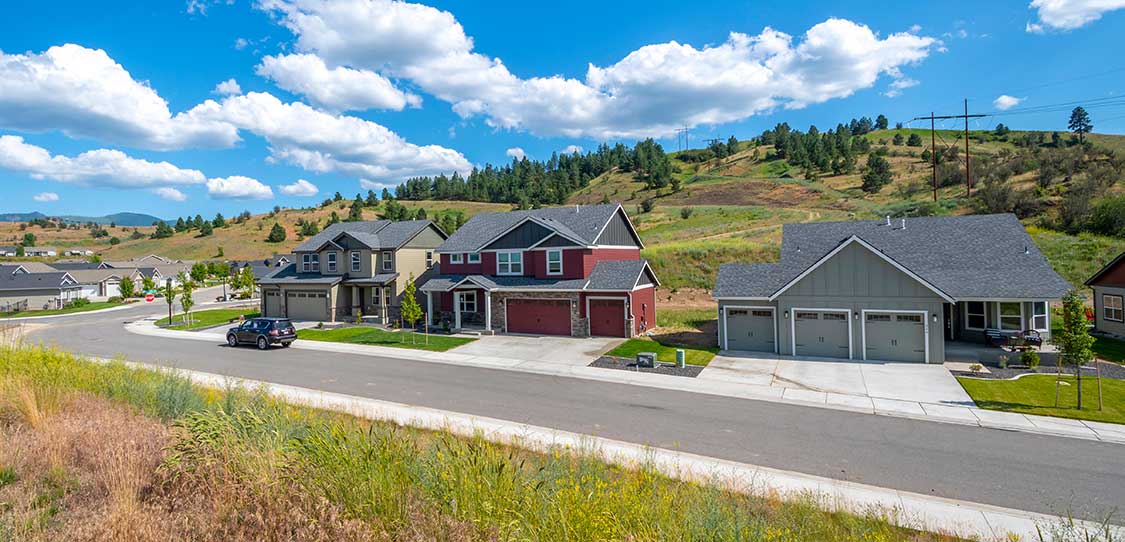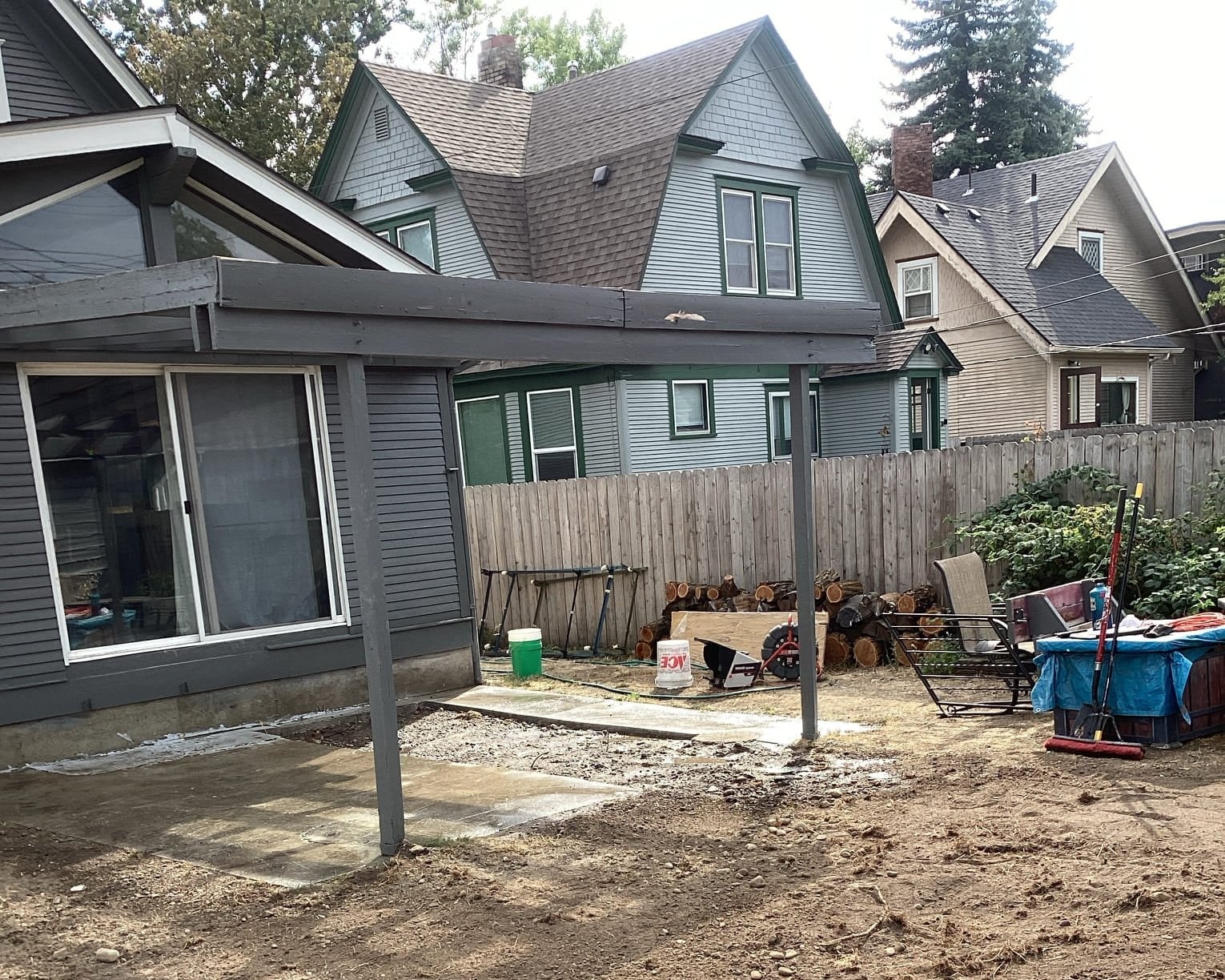A well-maintained water pressure tank is key to ensuring consistent water flow and reliable performance for your home or business. To get started, it’s important to select a system with the right capacity to meet your needs.
The capacity of your water pressure tank depends on several factors, including the size of your household or building and the number of fixtures in use. Take stock of these details before exploring different systems, as this will help you choose one that matches your water usage requirements.
Additionally, consider how various types of systems function. Some tanks are designed to generate higher pressure levels, which may better suit your needs if your property has a high demand for water. Understanding the capabilities of different systems will help you make an informed decision and maintain optimal performance.
In this guide, we’ll cover practical tips for maintaining your water pressure tank, ensuring it continues to deliver consistent performance over time.
What is a Water Pressure Tank?
A water pressure tank is a part of your household plumbing that helps provide water at consistent pressures. It’s typically located in an attic or crawl space, but it can be placed anywhere there’s room. Most homeowners have at least one water pressure tank, and it’s an essential part of your home’s plumbing system.
How Often Should I Check the Tanks Level?
Water pressure tanks, or standpipes as they’re sometimes called, are designed to withstand years of continuous use. That said, with proper maintenance and care, you can expect your tank to last for up to 30 years. To ensure that your pressure tank is properly maintained and continues functioning correctly—as well as provide water at consistent pressure throughout your home—you should have it checked every year.
What do I do if there is damage on the outside of my water pressure tank?
The outside of your water pressure tank can become damaged through normal wear and tear or something more dramatic. If you have damage on your water pressure tank, it’s essential that you address it right away. Fixing any kind of damage to your water pressure tank is pretty simple, as long as you know what you’re doing. Here are some tips on how to fix that pesky issue so it doesn’t happen again!
If there is no water in your water pressure tank, that means that there has been an airlock. An airlock occurs when an opening in your hose fills with air instead of water from a leaking faucet or broken pipes under your sink. The only way to fix an airlock quickly and easily is by removing all fittings from all connecting hoses. Then, unscrew all of your water pressure tank valves and remove them as well. When you have removed everything, fill up each hole with some dish soap mixed with water, then add hot water to each of them until they are completely filled up with dish soap/water solution. This should help clear out any blockages in your faucets or under your sink.
What else can I do to maintain my water pressure tank?
If you live in an area where there is no water pressure, you may need to have your water pressure tank maintained. If you are not sure what it means, it is best that you do some research on what exactly maintaining your water pressure tank entails. You may even find that doing regular maintenance yourself will save time and money in comparison to having someone else do it for you. Not only is there easy, clear instructions on how to maintain your water pressure tank, but there are also a few helpful tips if you need some extra help along the way.
Just follow these simple steps so that you can start keeping your water pressure tank maintained:
- Clean all dirt and grime from around and in between your water pressure tanks using some type of cleaner and old, rough towels. Start at one end of where your water-pressure tank is housed and work your way over until it is all clean. Do not let any dirt or grime sit for more than twenty four hours as it will simply build up even more quickly.
- Inspect your water pressure tank regularly once every couple of months to ensure there are no leaks in it. If you notice that water has been leaking out into areas that it should not be, then contact someone who specializes in maintaining water pressure tanks right away before too much damage is done and expensive repairs have to be made on your system.
- Check your outdoor temperature often during colder seasons when there may be ice forming on top of where you keep you water pressure tank. If it is too cold out for it to happen, then check and make sure that your water pressure tank is not exposed to any direct sunlight or moisture.
- Ensure that no unnecessary items are around where you store your water-pressure tanks because they can cause unnecessary strain and stress on them over time which could lead to breakage or damage at some point down the road in which case repairs would need to be made right away!
My pump keeps tripping, how can I fix it without replacing it or buying another water pressure tank?
The easiest way to keep your water pressure tank in top condition is by maintaining it regularly. Here are some tips for taking care of your water pressure tank at home.
Maintaining a water pressure tank requires regular service and cleaning. Most tanks need to be pumped down and then refilled every couple of years; if you’re not sure how often your particular tank needs pumping, consult with a professional who can assess whether or not there may be issues with your unit. If you have a small apartment building, weekly maintenance sessions for each water pressure unit will help prevent problems from occurring in larger buildings.







